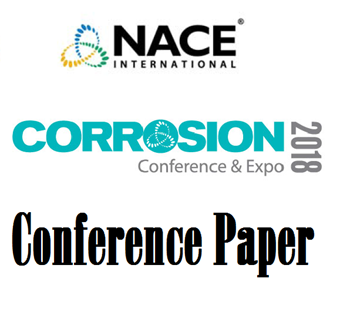Search
07276 Evaluating Concrete Resistivity: Reducing Stray Current from DC Streetcars
Also Purchased
10110 Coordinated Efforts to Sustain Stray Current Mitigation on an Aging Heavy-Rail DC Transit System
Product Number:
51300-10110-SG
ISBN:
10110 2010 CP
Publication Date:
2010
$20.00
51318-11270- DC Transit Stray Current Corrosion Control: Everyone Wins When You Work Together
Product Number:
51318-11270-SG
Publication Date:
2018
$20.00
07644 STRAY CURRENT EXCHANGE BETWEEN ELECTRIC RAIL AND UNDERGROUND UTILITIES
Product Number:
51300-07644-SG
ISBN:
07644 2007 CP
Publication Date:
2007
$20.00




